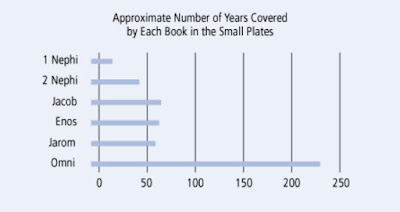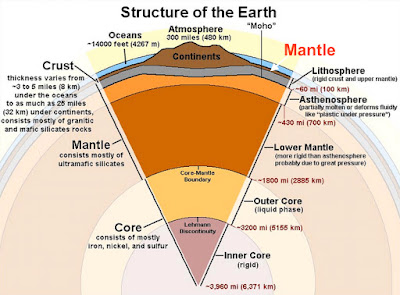Now we come to Amaleki, perhaps a prophet in the true sense—though we know little of his prophetic involvement, if any. What we do know is that he was willing to record the events of his life, though it appears that during his lifetime, some important things happened, giving him cause to be prolific in his writing.
Amaleki, the last record keeper before and during Mosiah I, and received the records from his father, Abinadom
At this point, with limited space and much to say, Amaleki seems to pour one idea on top of another as he hurriedly records the things that took place. Did he wait until he was old and near death before jotting down anything? Did he not have the plates to begin with to record upon? Or was he too busy in shifting his life from the city of Nephi to the city of Zarahemla, and all that would have been involved in such a move.
Thankfully, Amaleki did not run out of space before he
completed at least that which he gave us. This is the only history we have for
probably over two hundred years. Unfortunately, there is one detail which he
left out. For all his spilling forth with specifics of his history he failed to
give us a date.
Omni, the almost pompous military man, tells us twice the
dating of his record. He was a military man, would we expect less? His son,
Amaron, also provides a date, but nothing after that. In fact, that is the last
date referencing the time of Lehi until the first verse of 3 Nephi, with all
other dating to the birth of Christ counting backward from the time of that
birth.
Still, thanks
to these unheralded men, some of which, no doubt, would have been questionable
in their righteousness, especially in a more righteous period, we have a
limited record that shifted from the Large Plates of the kings in the first 116
pages lost by Martin Harris, to this supplemental record the Lord intended to
have come forth. It is interesting that the period from about 350 A.D. until
about 70 to 50 A.D. is so poorly documented.
We see glimpses here and there,
that when put together, give us a little insight into this period, but think
what a void would have occurred had we not had this record as a backup. In this
same vein, what other occurrences might we know about had the original record
not been lost, and the story continued from beginning to end with a more
complete historicity.
Obviously, it was not necessary for our salvation, but it certainly would have helped with our curiosity and likely, our understanding.
Others, no doubt, have written more and clearer about these few writers, but our interest was simply to point out to our reader that even in very limited writing, we can often get some insights into both the writers themselves and their backgrounds, as well as the people as a whole and what was going on, especially at a time when so little is basically left us about the Nephites and their condition toward the end of their occupation of the Land of Nephi.
Obviously, it was not necessary for our salvation, but it certainly would have helped with our curiosity and likely, our understanding.
Others, no doubt, have written more and clearer about these few writers, but our interest was simply to point out to our reader that even in very limited writing, we can often get some insights into both the writers themselves and their backgrounds, as well as the people as a whole and what was going on, especially at a time when so little is basically left us about the Nephites and their condition toward the end of their occupation of the Land of Nephi.







































